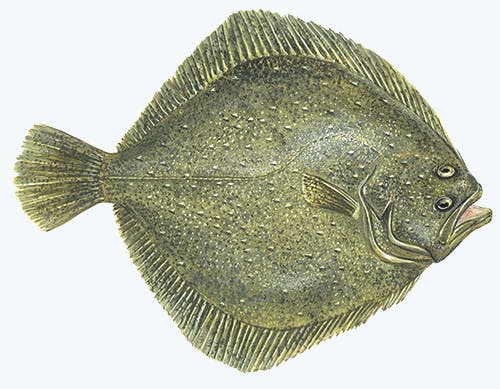All feed formulas developed by Aller Aqua at the Aller Aqua Research Centre follow these requirements to ensure proper growth and health:
Protein Needs: Juveniles and growing turbot require 50–55% crude protein, typically sourced from fishmeal and high-quality marine ingredients. Adults can be sustained with diets slightly lower in protein (45–50%).
Fat and Energy Needs: Fat content ranges from 10–18%, depending on life stage and water temperature. Lipids provide essential fatty acids (notably EPA and DHA) and contribute significantly to energy intake.
Essential Nutrients:
Vitamins: A, D3, E, C, and B-complex for growth, bone health, and immune function.
Minerals: Phosphorus, calcium, selenium, zinc, and magnesium are essential for metabolic and skeletal health.
Amino Acids: High levels of essential amino acids like lysine and methionine are crucial for efficient protein utilization.
Feed Composition: Modern turbot diets often use a mix of marine and terrestrial protein sources, including fishmeal, krill meal, soy protein concentrate, and wheat gluten, along with fish oil or alternative lipid sources.
